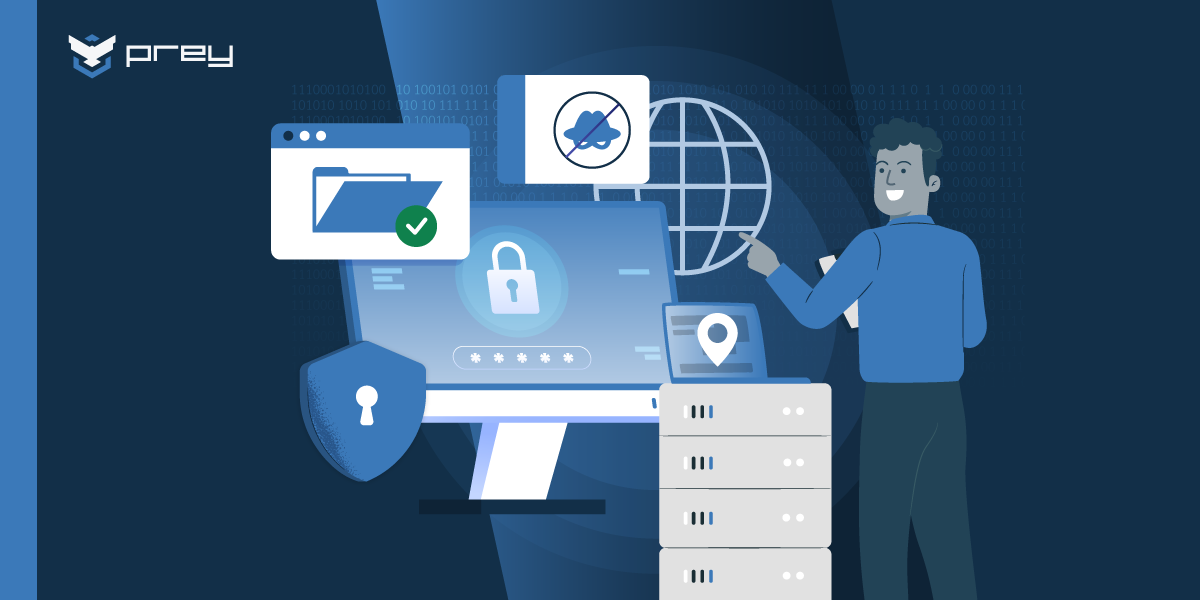Editor’s Picks

Lost corporate devices cost far more than hardware. Learn how data exposure, downtime, and ghost devices add up—and how tracking and remote wipes cut those risks.
Discover how geofencing secures business devices with automated control zones. Enforce location-based policies, reduce risks, and support compliance.
Explore the secrets hiding in the dark web with this essential guide for IT leaders. Learn how to improve security and fight online dangers.
Best MDM Software Solutions: A Comprehensive guide for Small Business Owners. Navigate key features, pricing, and recommendations to find the perfect device management tool for your organization's unique needs and budget.
Cyber Threats
Explore the secrets hiding in the dark web with this essential guide for IT leaders. Learn how to improve security and fight online dangers.
The increased autonomy that makes agentic AI so powerful also amplifies existing AI risks while introducing entirely new, unpredictable challenges that demand immediate security attention from organizations and security teams.
AI has already had a huge impact on cybersecurity for both defenders and attackers. But Agentic AI promises an even greater battlefield.

Discover what cyber threats are, where they come from, and how to prevent them. Learn about the most common attacks and explore prevention strategies.
Data Security

Learn what remote wipe is, how it works, and why it’s vital to protect sensitive data on lost or stolen devices with secure wipe software.
Discover the most recent data breaches of 2025. Explore causes, impacts, and prevention strategies to protect sensitive data from cyber threats.
Understand symmetric vs asymmetric encryption with clear examples. See when AES or RSA fits best, how hybrid encryption works, and practical security tips.

Find out what does factory reset do, how it can help you solve common problems, and how to perform one. Read now!
Endpoint Management

Centralized endpoint management explained: what it is, why it matters for security and compliance, and how to manage, secure, and scale every device.
Learn how to simplify the management of your Android devices in your organization. Prevent, protect, and secure your important data.
Demystifying device management: Compare MDM, EMM, and UEM solutions to find the perfect fit for your organization's security and management needs across all endpoints.
Learn what Device Lifecycle Management is, its 5 key stages, benefits, challenges, and best practices to improve ROI, security, and compliance in 2025.
Discover Our E-Books Collection
Explore our diverse range of e-books on various topics.
Ready to give Prey
a go?
Join Prey and safeguard your devices with a cybersecurity system in place. Get peace of mind now.



